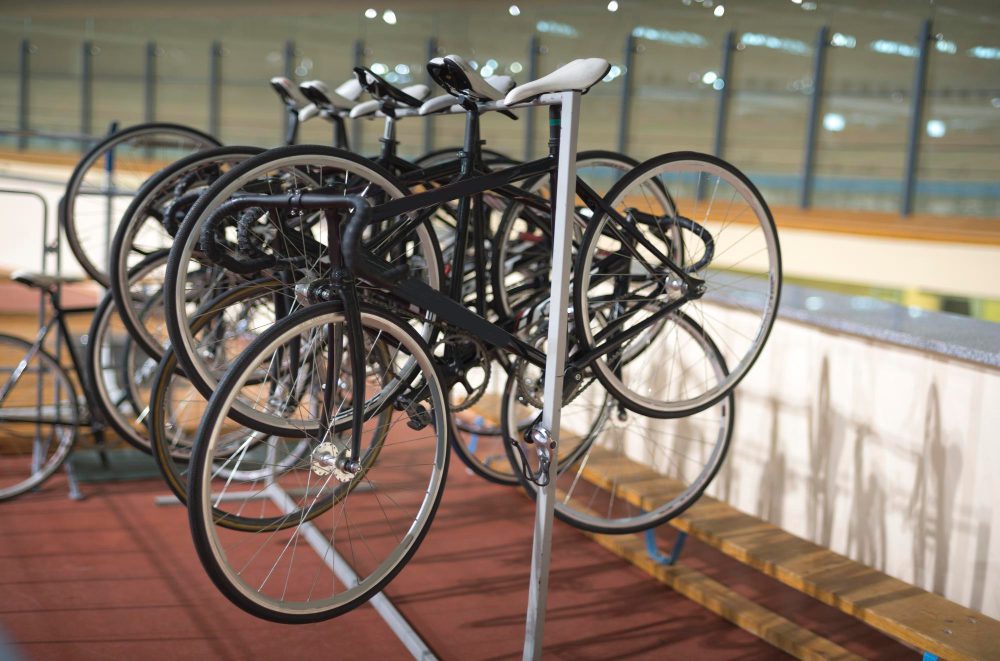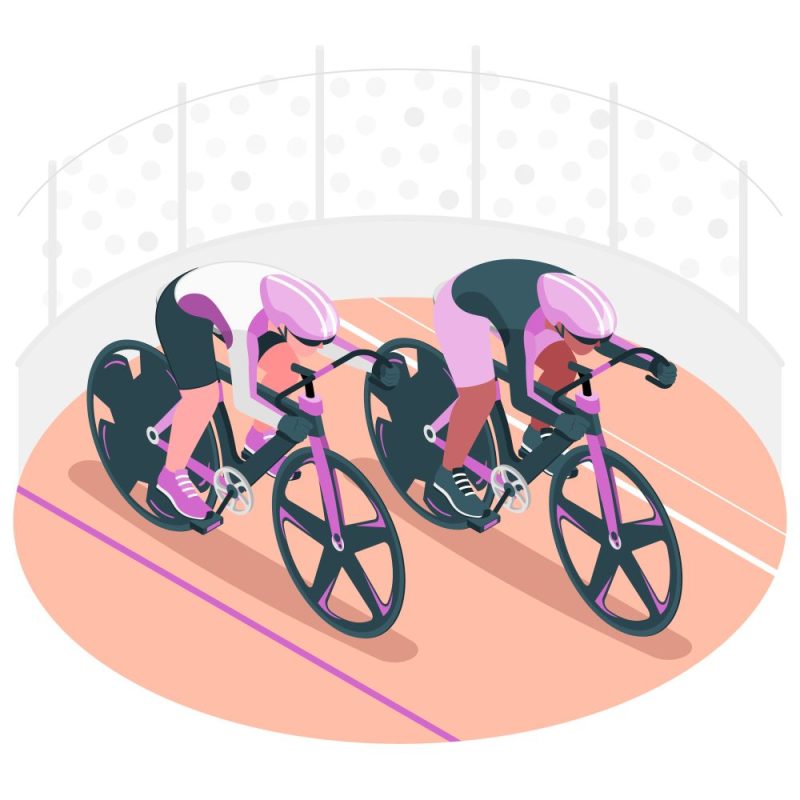How do you inflate a Presta valve?
The Presta valve, also known as the French valve, is commonly found on bicycles, particularly those used for road biking. While it may look different from the more familiar Schrader valve, inflating a Presta valve is fairly straightforward once you understand the process. In this article, we will guide you through the steps of inflating a Presta valve and provide some useful tips along the way.
Understanding the Presta valve
Before diving into the inflation process, let’s take a closer look at the Presta valve itself. It features a narrow metal stem with a small threaded section at the top and a locking nut just below it. Presta valves are commonly used in high-performance bikes due to their higher pressure capacity and lighter weight compared to Schrader valves.
The inflation process
To inflate a Presta valve, follow these steps:
- Remove the valve cap: Unscrew the tiny protective cap from the top of the valve stem.
- Loosen the nut: Rotate the knurled nut counterclockwise until it is loose enough to allow airflow.
- Prep your pump: If your pump has a built-in adapter for Presta valves, you can skip to the next step. Otherwise, you may need to use an adapter to fit the narrower Presta valve opening.
- Attach the pump: Firmly press the pump head onto the valve stem, ensuring a secure connection.
- Inflate: Begin pumping air into the tire. You may hear a slight hissing sound as the air enters the tube.
- Check pressure: Use a pressure gauge to monitor the pressure and stop inflating when you reach the desired level. If you don’t have a gauge, you can rely on the visual cues provided by your bike’s recommended tire pressure.
- Lock the nut: Once you’ve finished inflating, tighten the knurled nut clockwise to secure the valve.
- Replace the valve cap: Screw the protective cap back onto the valve stem to keep out dirt and debris.
Tips and considerations
1. Pressure check: Presta valves are more sensitive to pressure loss than Schrader valves, so it’s a good idea to check your tire pressure regularly.
“Maintaining proper tire pressure not only ensures optimal performance but also enhances safety on the road.” – Cycling UK
2. Valve extenders: In some cases, the Presta valve may be too short to reach through the rim of your bike’s wheel. Valve extenders are available to address this issue, allowing for easier access during inflation.
3. Adapters: If your pump doesn’t have a Presta valve adapter, you can purchase one separately, ensuring compatibility with both Presta and Schrader valves.
In conclusion
Inflating a Presta valve is a simple process once you understand the steps involved. Remember to remove the valve cap, loosen the nut, attach the pump securely, inflate to the desired pressure, lock the nut, and replace the valve cap. Regular pressure checks and considering factors like valve extenders and adapters will help ensure smooth and efficient inflation. Now that you’re equipped with this knowledge, maintaining proper tire pressure on your Presta valve-equipped bicycle should be a breeze.
Do you need a special pump to inflate a Presta valve?
Understanding Presta Valves
If you’re a cyclist, chances are you’ve come across Presta valves. These narrow, high-pressure valves are commonly found on high-end and performance bicycles in the UK. Presta valves are known for their superior air pressure retention and are commonly used on road bikes and some mountain bikes.
Presta Valve Compatibility
One common misconception is that you need a special pump to inflate a Presta valve. However, this is not entirely true. While there are pumps specifically designed for Presta valves, most standard bicycle pumps can be easily adapted to inflate them.
To use a standard pump with a Presta valve, you will need an adapter. This small, inexpensive accessory converts the Presta valve’s narrow diameter to fit a standard pump’s wider nozzle.
Efficient Inflation with a Presta Valve Adapter
Using a Presta valve adapter is a simple process. Just follow these steps:
- Unscrew the dust cap from the Presta valve.
- Unscrew the top nut on the valve stem until it is loose.
- Screw the adapter onto the valve’s threads.
- Attach your standard pump’s nozzle to the adapter.
- Inflate the tire to the recommended pressure.
- Remove the pump nozzle and unscrew the adapter from the valve.
- Tighten the top nut on the valve stem.
- Replace the dust cap to protect the valve.
Using a Presta valve adapter allows you to conveniently inflate your tires using a standard pump, eliminating any need for a specialized pump.
Remember, the most important aspect of inflating Presta valves is to ensure that the adapter is securely attached to the valve before pumping.
So, if you’re worried that you need a special pump to inflate a Presta valve, fret not! A simple and affordable adapter is all you need to easily inflate your tires and keep your bike rolling smoothly.
How do you pump a Presta valve with a bike pump?
Introduction
If you are an avid cyclist in the UK, you may have come across a Presta valve while inflating your bike tires. Presta valves are commonly found on high-performance bikes and are known for their narrow design and higher pressure capacity. While they may seem unfamiliar at first, pumping a Presta valve is a simple process that can be easily mastered.
Step-by-Step Guide
Here’s a step-by-step guide on how to pump a Presta valve with your bike pump:
- Unscrew the valve cap: Start by unscrewing the small knurled nut at the top of the valve stem. This will open the valve and allow air to enter.
- Prepare your pump: If your bike pump has a dual head, ensure that it is set to accommodate Presta valves. Some pumps may require you to adjust or replace the head attachment.
- Connect the pump head: Place the pump head over the Presta valve and secure it by flipping the lever or tightening the screw depending on your pump model.
- Inflate the tire: Begin pumping the bike pump handle up and down to inflate the tire. Pay attention to the pressure gauge if your pump has one, to avoid over or under-inflating the tire.
- Remove the pump head: Once you’ve reached the desired tire pressure, carefully remove the pump head by reversing the attachment process.
- Screw back the valve cap: Finally, screw back the valve cap onto the Presta valve to protect it from dirt and debris.
Tips and Considerations
Here are some important tips and considerations when pumping a Presta valve:
- Check the valve type: Ensure you have a Presta valve on your bike tire before attempting to pump it. Presta valves have a narrow, threaded stem with a dust cap, unlike Schrader valves which are wider and similar to car tire valves.
- Use an adapter if needed: If your bike pump only accommodates Schrader valves, you can purchase a simple screw-on adapter that converts it to fit Presta valves.
- Take care while attaching the pump head: The Presta valve is delicate, so be gentle when connecting the pump head. Avoid applying excessive force as it may damage the valve or cause it to break.
- Regularly check tire pressure: To ensure optimum performance and safety, it’s recommended to check your tire pressure regularly and inflate them to the manufacturer’s recommended level.
“Pumping a Presta valve is a straightforward process once you get the hang of it. Follow the steps carefully and take your time to correctly attach the pump head to avoid any damage to the valve.” – Cycling UK
By following these instructions and taking proper care, you’ll become proficient in pumping Presta valves, ensuring your bike tires are inflated to the correct pressure for a smooth and enjoyable ride.
How Do I Inflate Presta Without Adapter?
If you’re a cyclist in the UK, chances are you’ve come across Presta valves on your bike tires. These valves have become increasingly popular in recent years for their superior sealing properties and ability to handle higher pressures. However, inflating a Presta valve without an adapter can be a bit tricky if you’re not familiar with the process. In this article, we’ll guide you through the steps of inflating a Presta valve without an adapter.
Step 1: Prepare Your Pump
Before you begin, make sure your pump is compatible with Presta valves. Most pumps today offer dual compatibility, so you should be good to go. If your pump doesn’t have a specific Presta setting, simply unscrew the pump head cap and remove any adapters if present.
Step 2: Open the Valve
To open the Presta valve, unscrew the small nut at the top until it’s loose. This will release the air pressure inside the valve and allow you to inflate it. Be careful not to unscrew it too far, as it could detach from the tube.
Step 3: Inflate the Tire
Attach your pump head securely onto the Presta valve by pushing it down and flipping the lever (if your pump has one). Make sure it’s a tight fit to avoid any air leakage. Begin pumping to inflate the tire to the desired pressure.
Step 4: Remove the Pump
Once you’ve reached the desired pressure, carefully remove the pump head from the Presta valve. To do this, push the lever (if present) back down and pull the pump head off gently. Be cautious not to accidentally unscrew the valve while removing the pump.
Congratulations! You have successfully inflated your Presta valve without an adapter. Remember to tighten the small nut on the valve to close it before riding.
Inflating a Presta valve without an adapter is a handy skill every cyclist should master. It eliminates the need for carrying extra adapters and ensures you’re always prepared to inflate your tires on the go. Practice these steps a few times, and soon enough, it’ll become second nature.



